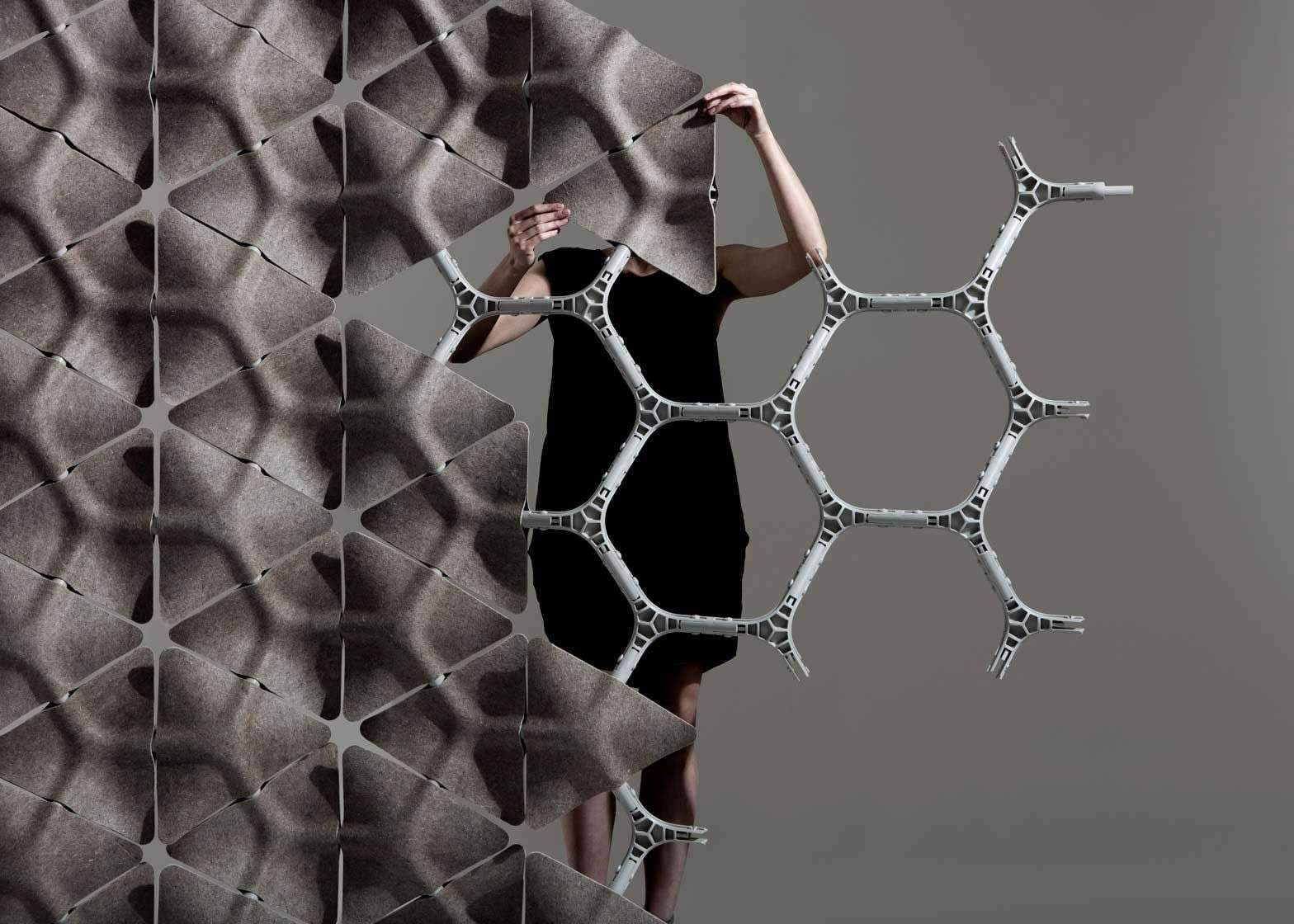The ancient heritage of architecture in the Kingdom of Saudi Arabia,
The ancient heritage in the Kingdom extends across the Middle East,
where the Kingdom is famous for its various types of folk, literary and human heritage, especially the urban heritage.
By searching, we will find that many of the beautiful urban buildings,
which are distinguished by the ancient heritage.
Its importance is due to the urban site of diverse terrain, and because it was one of the first places of human settlement and the advent of Islam on its lands.
The ancient heritage of architecture in the Kingdom of Saudi Arabia
What gave it a decisive role in the emergence of various heritage sites.
Where folklore brings together nations and peoples of civilizations, literature and values,
linking them to those who preceded them from ancestors and peoples through the ages.
It is a broad science of all kinds of books, clothes, beliefs, sayings, tales, games, science,
architecture, arts and other matters, which link everything that is beautiful in the history of humanity.
This confers a special identity for peoples, which distinguishes them from all other peoples, in different ages and nationalities.
The architectural style is a set of characteristics and features that enable us to easily identify any building,
and it may include the materials used in construction or even the method of construction.
The Saudi architectural style reflects the ideologies of society in the past centuries,
after it has now become an artistic and expressive medium.
All the major cities in the world each boast its own set of architectural styles,
which give a different impression from other cities.
Where these patterns stemmed from the reality of climatic and regional variation among them,
as well as from the reality of the different factors affecting these patterns, whether external or internal.
However, no matter how different and varied these patterns are, they are all united in the constants associated with Islamic values and local heritage.

The relationship of Saudi architecture with Islamic architecture
Housing in Saudi architecture includes 3 distinct styles of traditional Islamic housing, in general, stemming from the reality of climatic and regional variation.
It also stemmed from the reality of the different factors affecting these patterns and urban development, whether external or internal.
However, no matter how different and varied these patterns are, they are united in the constants associated with Islamic values and local heritage.
Hijazi architecture is one of these three styles.
Hijazi architecture
It spreads in the western region of the Kingdom, where there is a hot and humid climate on the coast, which turns into a hot, dry climate as we head east inland.
We also find that the presence of the city of Jeddah as a commercial port has a significant impact on the general character of Hijazi architecture.
The impact of trade exchange with various developed countries, on construction techniques in the city of Hejaz since the days of rule.

Where non-local building materials appeared, the construction method was characterized by several advantages, which we list as follows:
- It is similar to the Levant and Egypt.
- The use of Islamic creative mashrabiyas and the decorations that were installed on the openings and windows,
Inspired by Egyptian architecture.
- Using the inner courtyard, this takes a regular shape,
Such as a square and a rectangle, to put a fountain or any water source,
To soften the climate inside the house, due to the hot and humid environment?
- An architectural style similar to the ancient Egyptian style at the time of opening to Europe,
In a mixture with the Islamic spirit and family privacy, where the buildings rise to 4 and 7 floors, in order to adapt to the hot and humid climate,
As it allows air movement through the height.
The ancient heritage of architecture in the Kingdom of Saudi Arabia
- The use of bricks, stone and gypsum as a binding material in construction,
While the interior floors and ceilings are wood that was previously imported from abroad.
- The interior design allows the movement of air through the rooms,
While placing the living rooms and bedrooms on the upper floors to give them more opportunity for air to pass through them.
- Building buildings rich in wooden or stucco decorations carved in wonderful decorative geometric or vegetal lines,
As this provides large areas of shadows on the facades of buildings, which strengthens the building’s resistance to external heat.
- Building spaced buildings, to allow the movement of air around them,
and also to give the largest possible surface for making mashrabiyas that allow air to circulate inside the building.
You may like: Architectural innovations in Saudi Arabia






